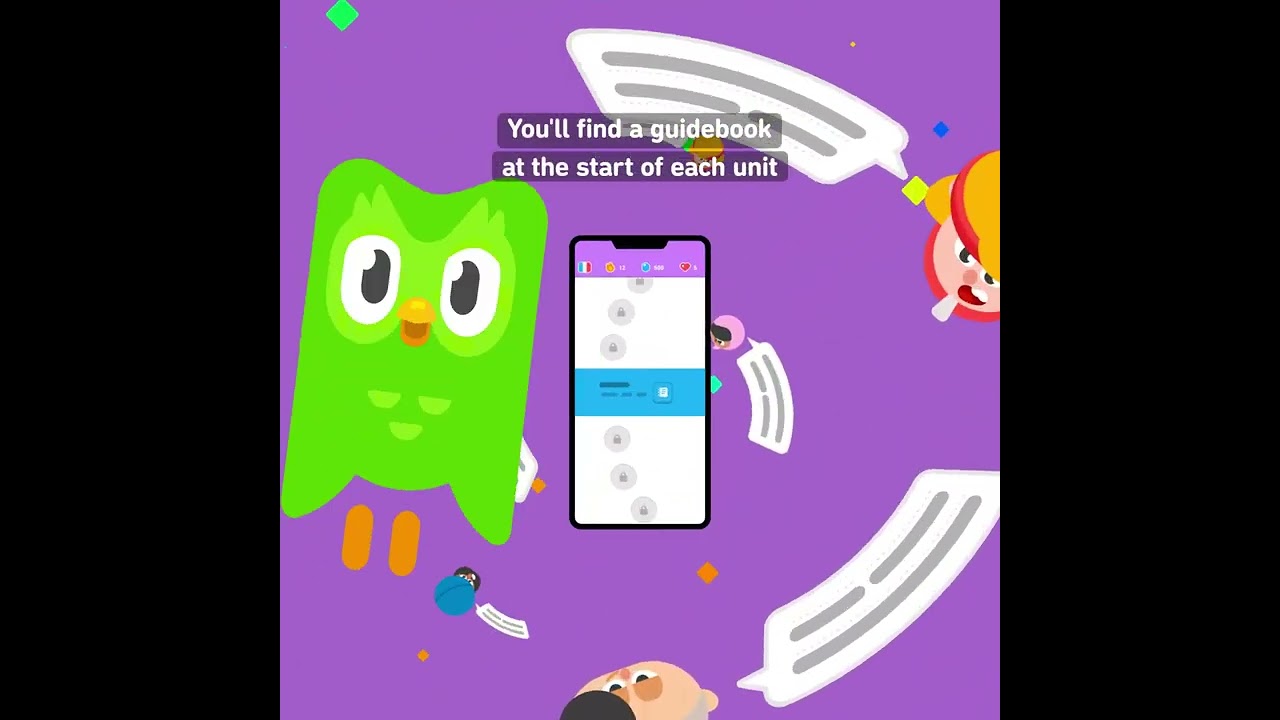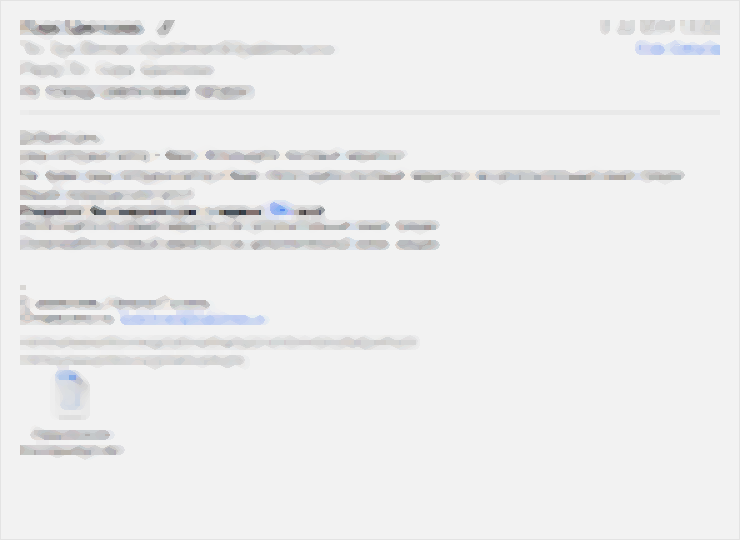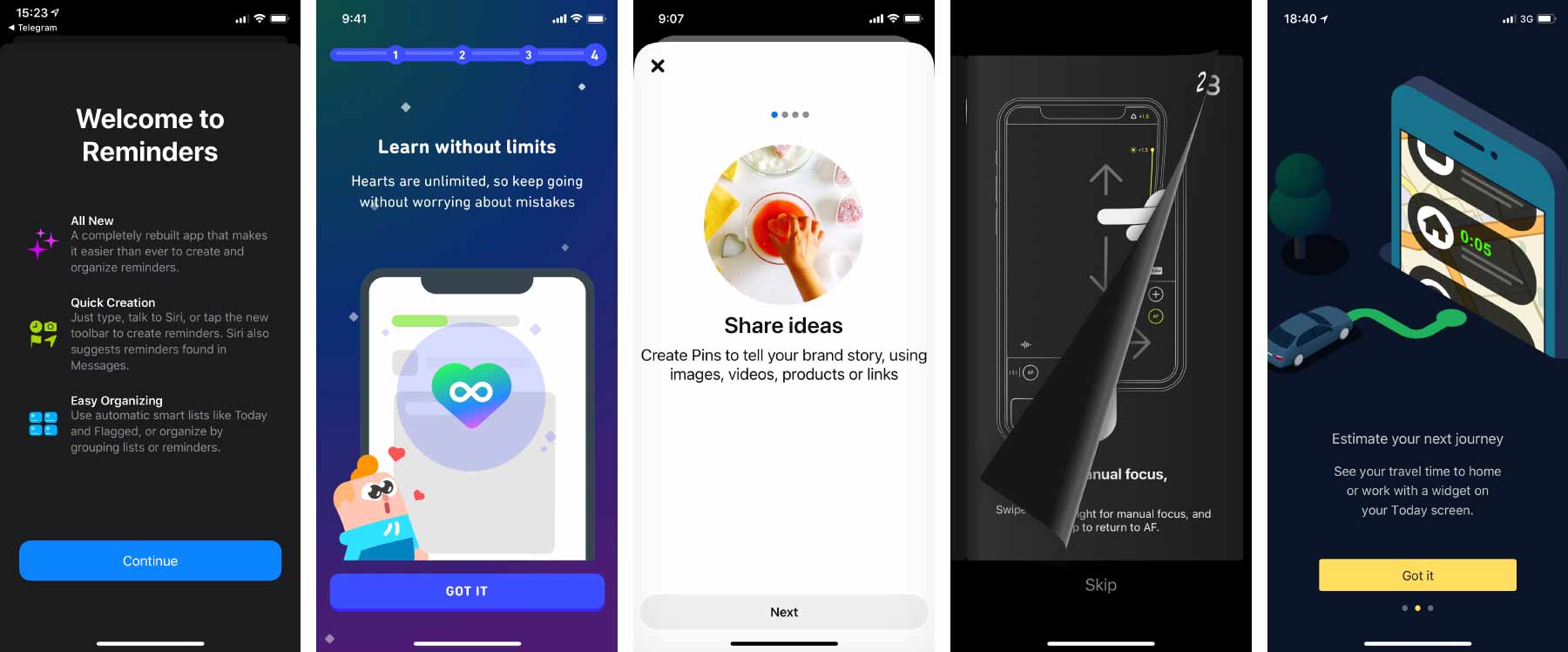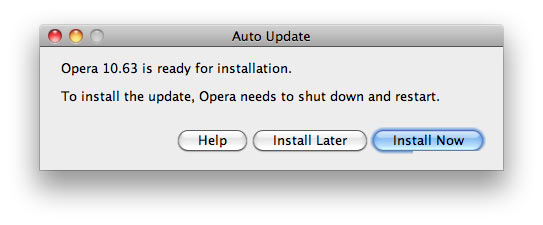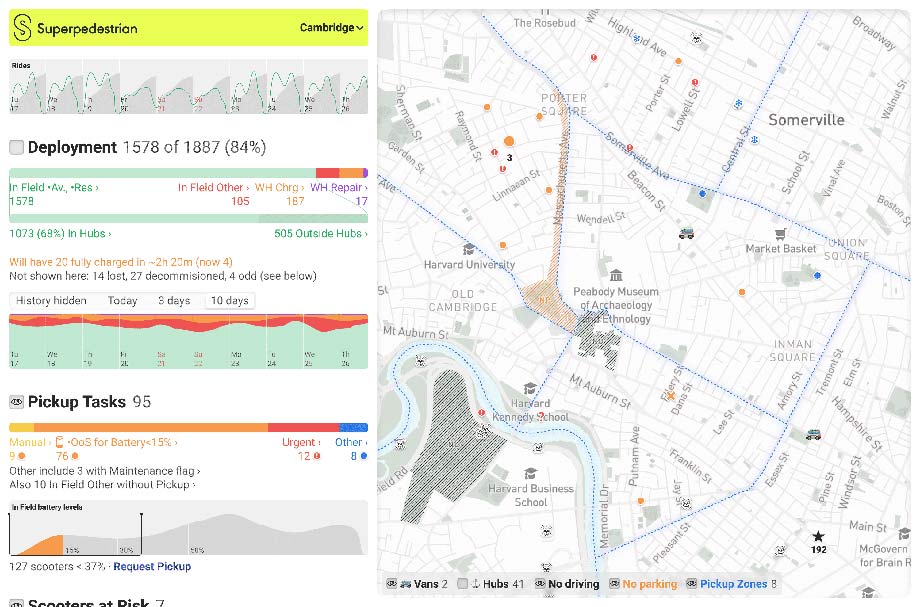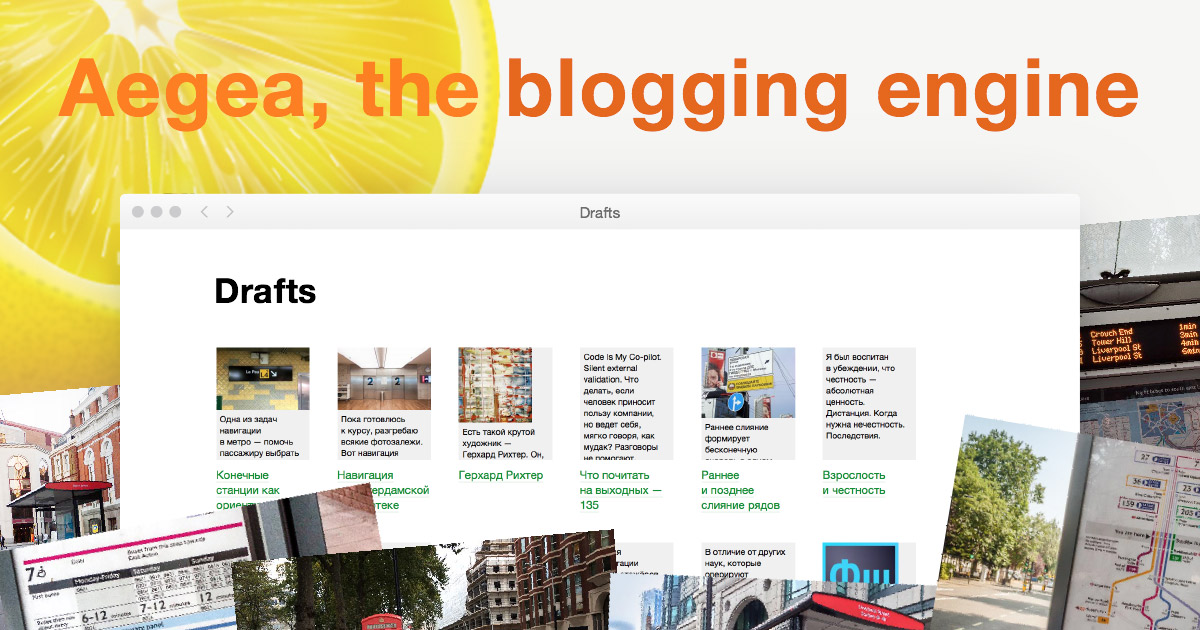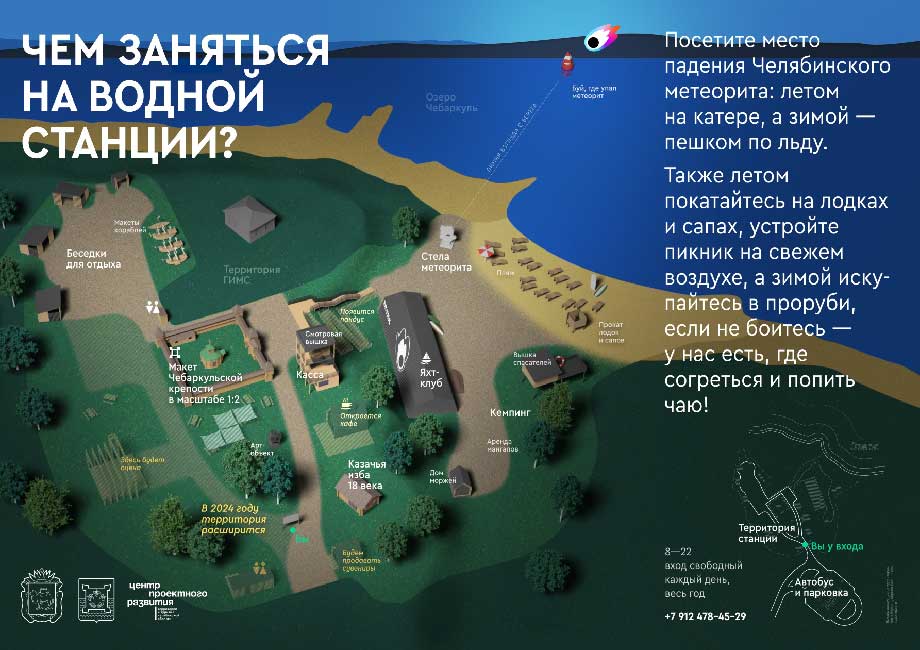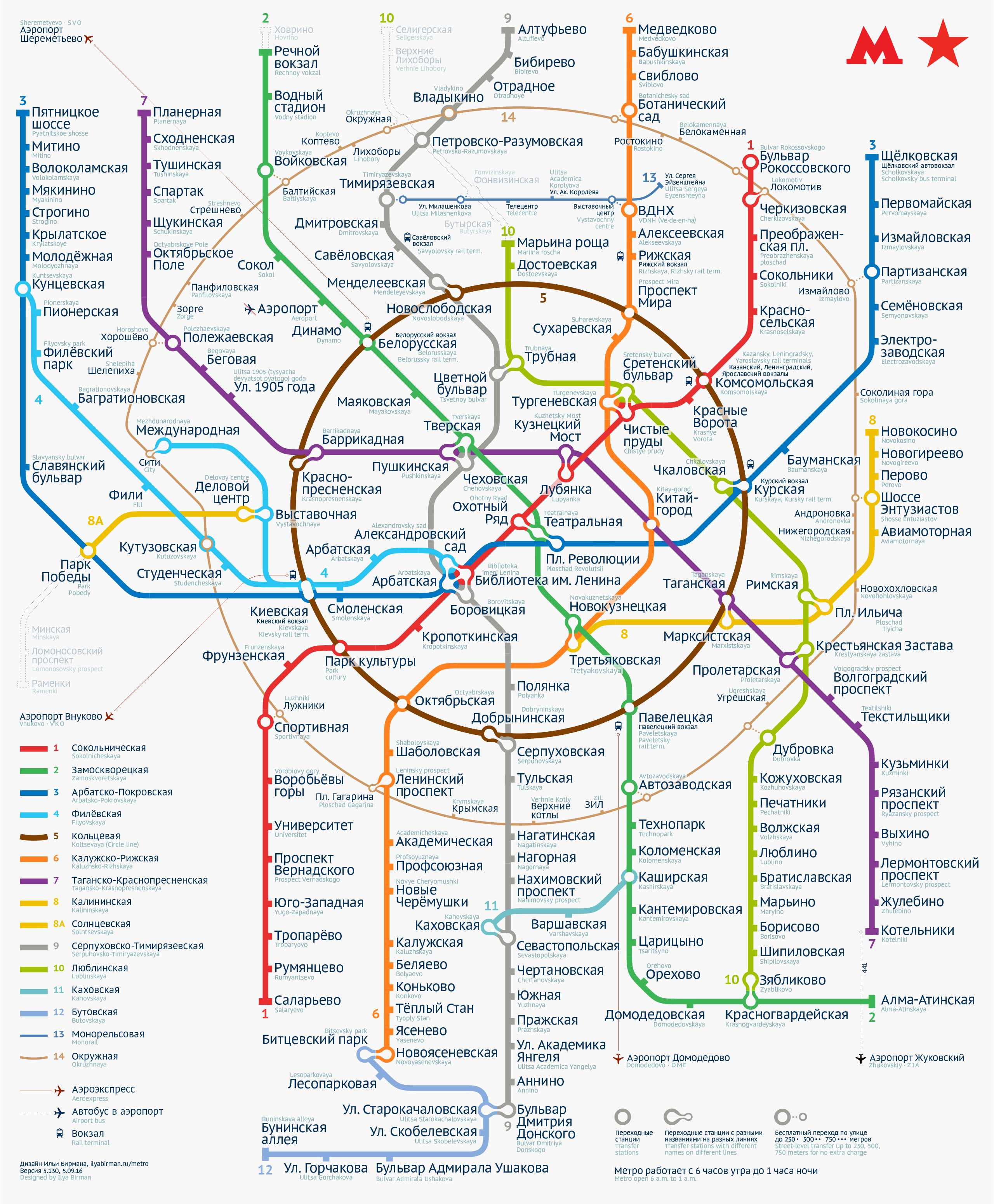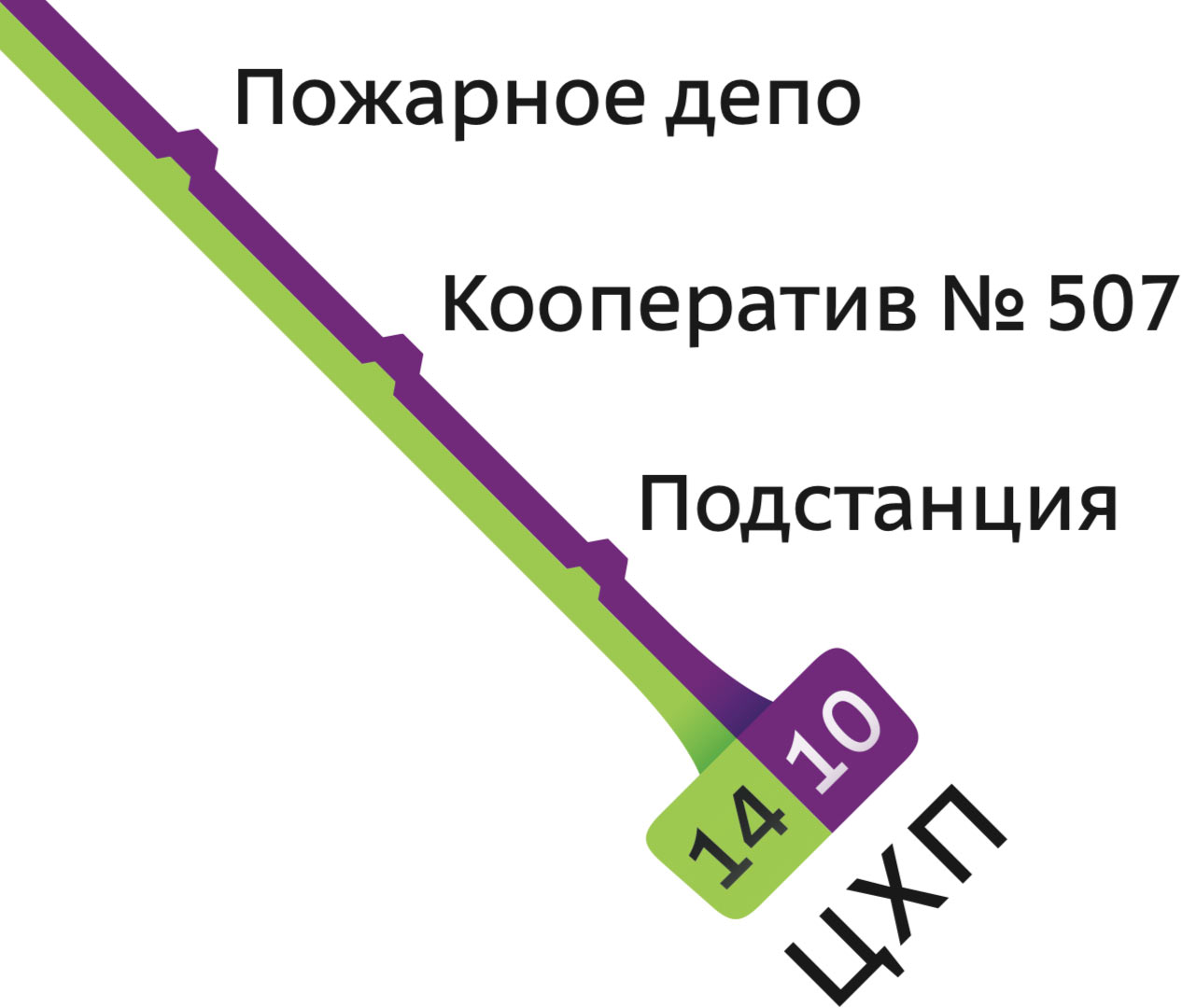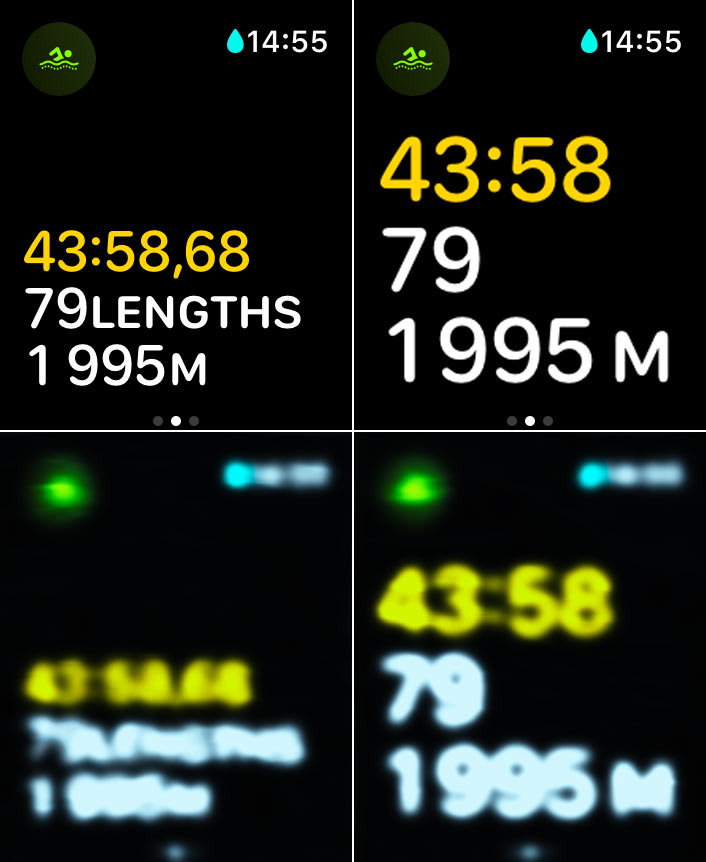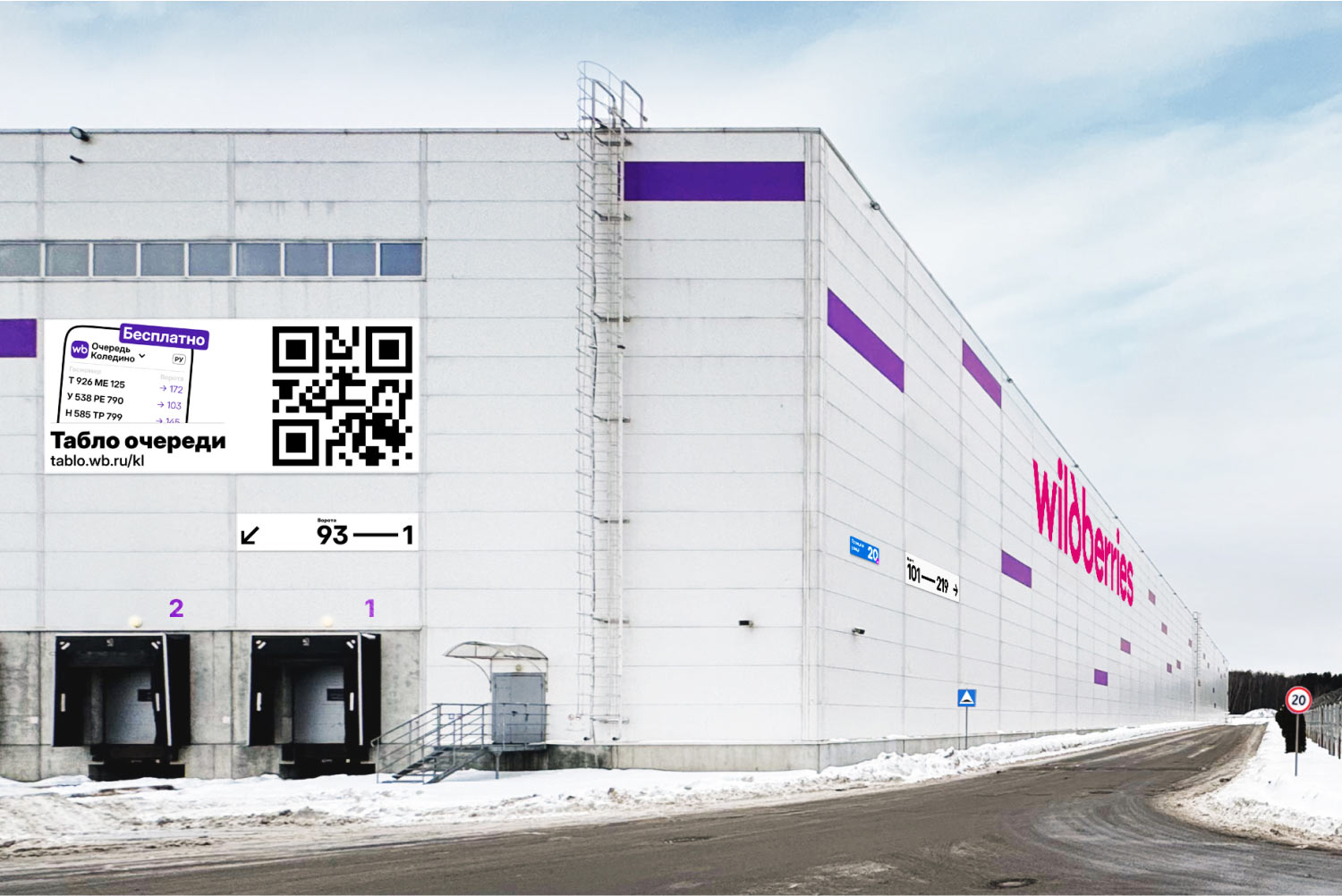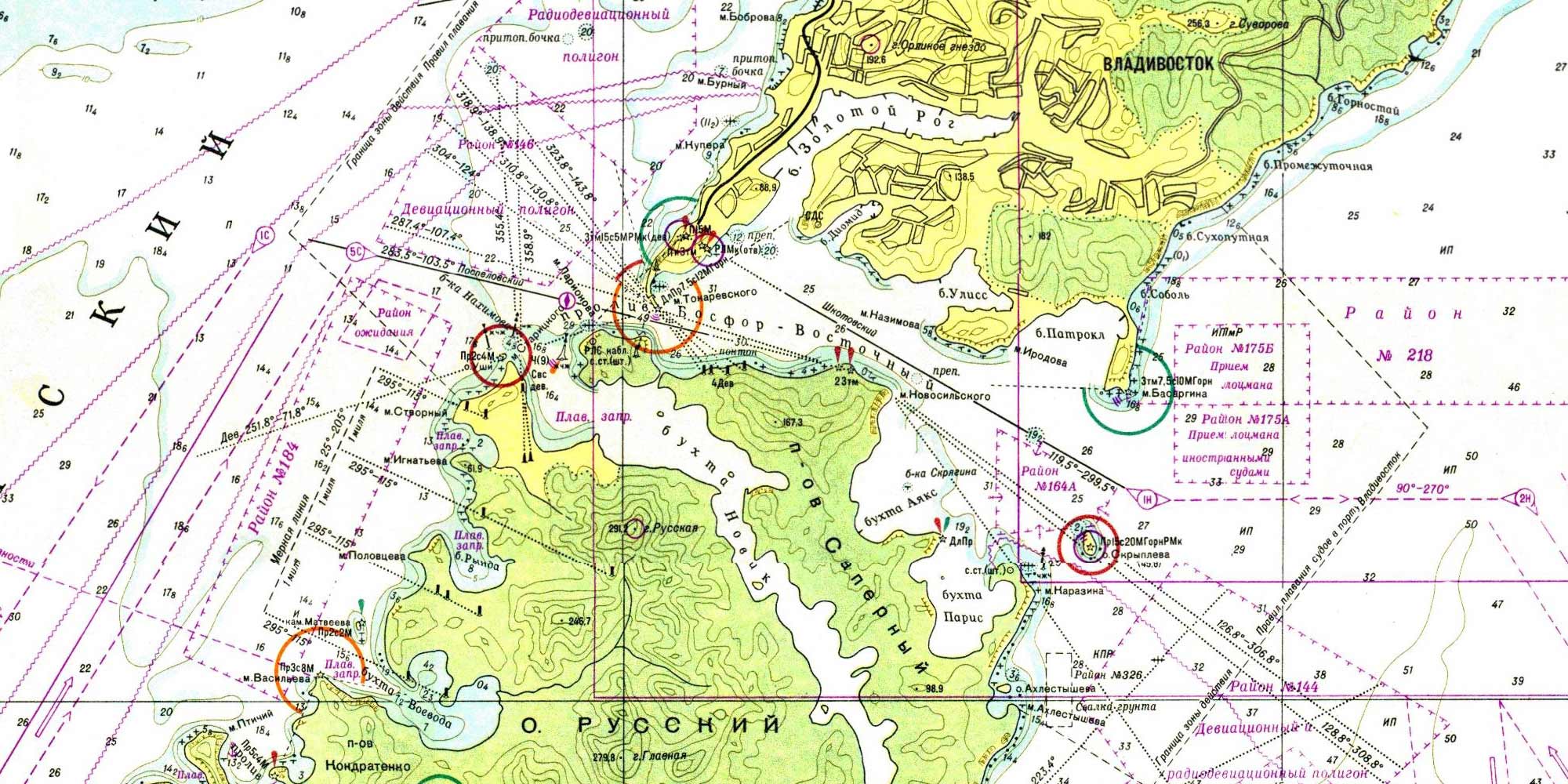Hoping for a brighter future at Apple
The internet is celebrating the news that Alan Dye, Apple’s head of design, is leaving.
Alan has been the face of Apple’s interface decline in recent years. There was a time when the core principles of good interface design were easiest to explain using Apple as the example. Now Apple mostly serves to show how not to do it. Dye ended up with enormous power despite minimal competence: he simply doesn’t understand what makes an interface good; he lacks the education and isn’t even aware of it. Looks and surface-level effects completely defeated depth and thoughtfulness, and things still work only thanks to the extraordinary foundation laid long ago. Dye neither understood nor respected that foundation.
Steve Lemay is taking over. I hadn’t heard the name before, but he has been an interface designer at Apple since 1999, so there’s no doubt he actually understands what the job of an interface designer is. And judging by the reaction, the designers inside Apple can’t believe their luck and seem genuinely hopeful. Maybe he’s someone for whom “design is how it works” isn’t just nice-sounding words. And only a couple of weeks ago there was another rumor that this year Apple will focus on polishing and refinement rather than new features.
I very much hope Apple is headed for a revival. Maybe window sizes will once again be chosen so that elements actually fit instead of triggering a three-pixel scroll bar. Maybe we’ll get back the wonderful world where elements and their labels aren’t pushed as far apart as possible. Maybe animations will once again work to explain spatial relationships or bringing joy, instead of being accidental artifacts of implementation.
One more thing I hope for: Apple once led the world in making drag-and-drop a truly comfortable gesture. On Windows, it was basically unusable — if you dragged a file, nothing else worked until you finished. On the Mac, while “holding” a file with the mouse, you could scroll windows with the wheel to drop the file where you needed, and you could even hit space bar to activate an element under the cursor while the mouse button was already pressed. Today these things work only sometimes, in the places where Apple hasn’t yet broken them. Maybe Apple will suddenly remember the implications of Fitts’s law, and we’ll once again be able to drag files to the very edge of the screen to drop them into the Dock, instead of having to aim at the icon.
When Steve Jobs introduced Quick Look about twenty years ago, he explained that PDF parsing was built deep into the system, so even complex PDFs opened instantly, like ordinary image files. Today on the Mac, not only PDFs — even a regular JPEG takes noticeable time to appear. Just open a folder full of JPEGs and press the down arrow key to move through them. On the old Mac, the JPEGs would flicker past your eyes as they changed. Today, the Mac waits until you release the key, and only then lazily draws the JPEG you stopped on.
You simply have to not know how good things can be — how good they were — to believe that today’s Mac is good. The only reason to tolerate this misery is that everything else is even worse. If only that stopped being the only reason. Please.
